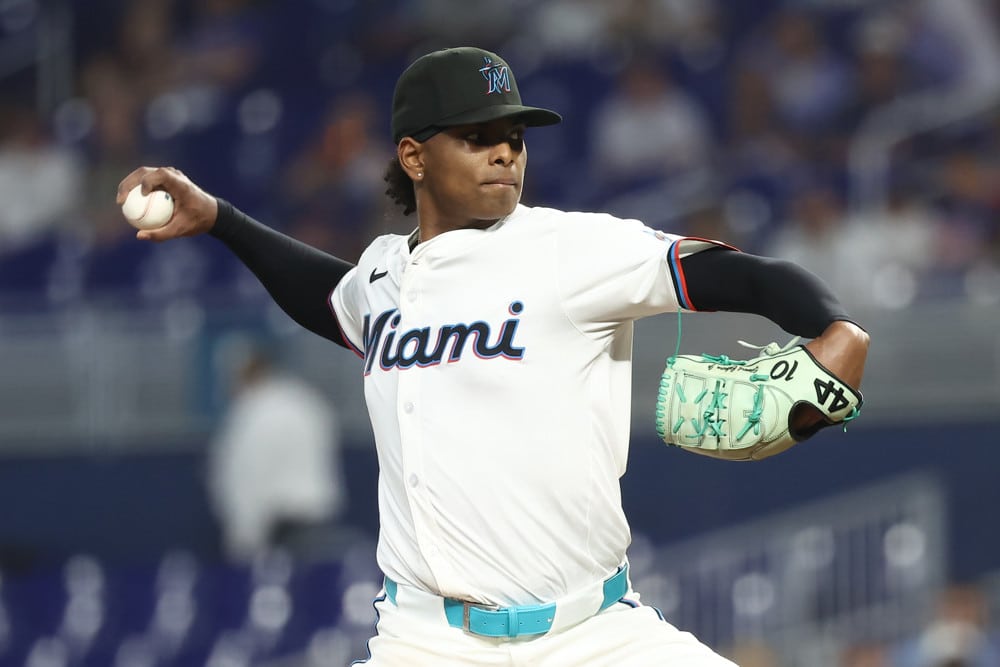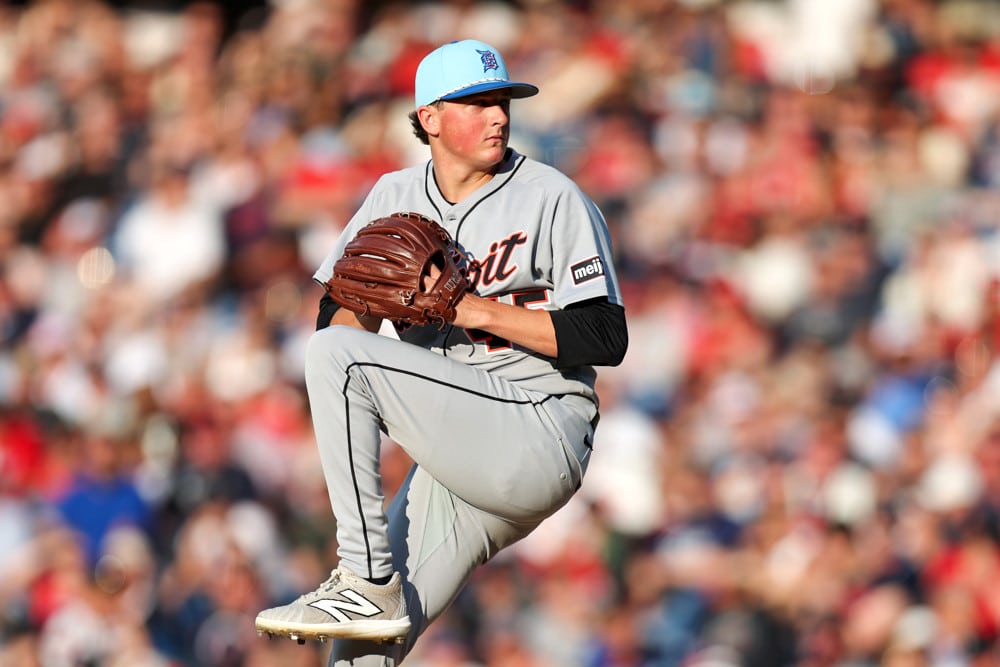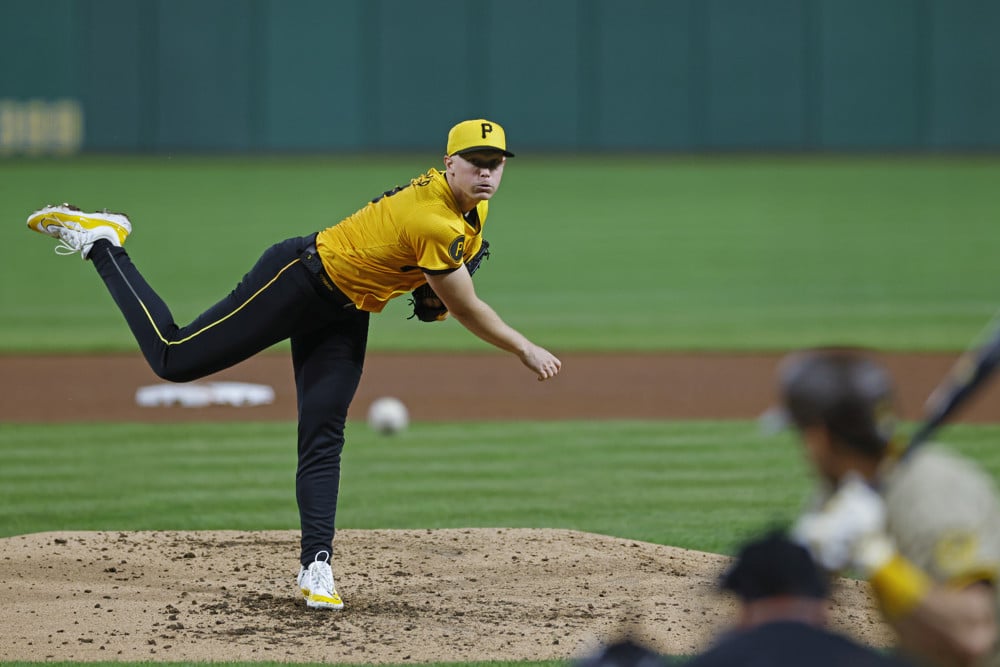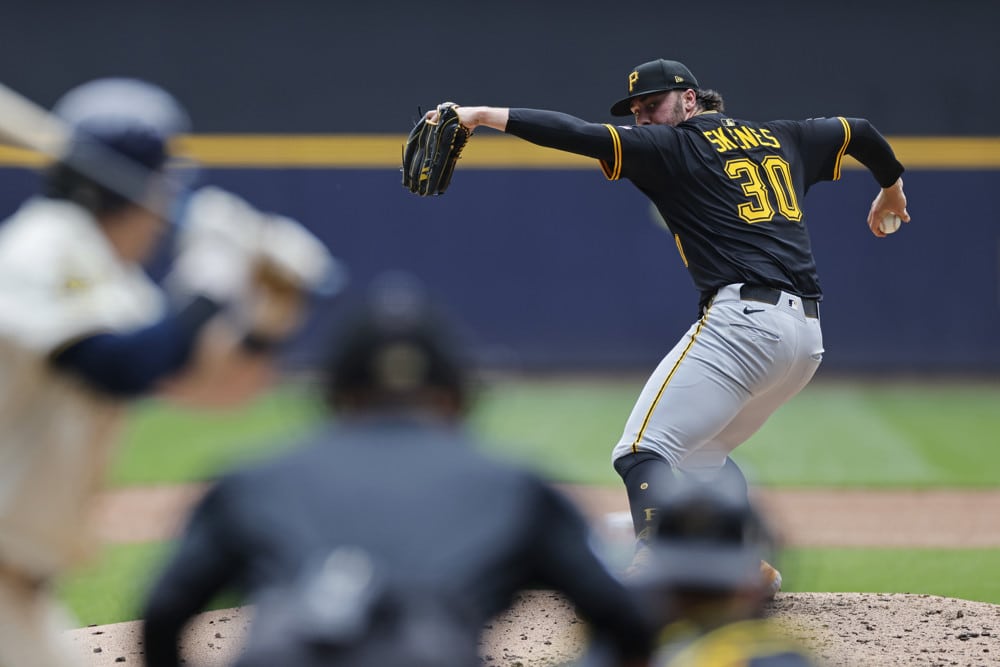We’re one week away from the most significant change of the 2019 PGA Tour schedule – a major tournament in May. But before that, the tour heads down to Texas to play the AT&T Byron Nelson at Trinity Forest Golf Club in Dallas, TX.
It’s tough for a tournament to hold a place on the schedule one week before a major, as the field is generally watered down. However the unique layout of the golf course should serve as a refreshing setting for the viewer and offer a type of golf not normally seen in the United States. This week will be a much different test than the pros normally face.
Here’s everything to know about the AT&T Byron Nelson before placing wagers on the event.
The Field
Like the Valero Texas Open, the Byron Nelson’s field this week is very weak. Top names who are playing are doing so because they’re sponsored by AT&T, while most of the other big names in the world are making their final preparations before heading to Bethpage Black next week for the PGA Championship.
Leading the field is Brooks Koepka, who makes a tune up start at Trinity Forest before he defends the Wanamaker Trophy next week. He’s joined by Dallas native and AT&T sponsored golfer Jordan Spieth, who is a huge proponent of Trinity Forest and was one of the more influential voices to move the event to the club last year. Other notable pros teeing it up this week include Hideki Matsuyama, Patrick Reed, Henrik Stenson and Marc Leishman.
The player who will draw the most attention, however, is a golfer who called himself a professional in another sport. Tony Romo received a sponsors invitation by AT&T to play in this week’s event in front of fans that cheered him on when he wore the lonestar on his helmet. While Tony Romo has played in professional events before and is a wonderful amateur golfer, it would take a miracle for him to sniff the cut line on Friday, let alone make the weekend.
The Golf Course
The Byron Nelson Classic is one of the oldest professional tournaments on the PGA Tour, first held back in 1944 as the Dallas Open. In 1968, the event was renamed as the Byron Nelson Classic and was held at several golf clubs in the Dallas-Ft. Worth metropolitan area. Up until 2018, the event was held on the Cottonwood Valley Golf Course at TPC Four Seasons.
Trinity Forest Golf Club became host of the AT&T Byron Nelson in 2018. The golf course itself was first opened in 2014 after Bill Corre and Ben Crenshaw converted an old landfill into a unique 18 hole track built around their architectural philosophy that golf should be a strategic challenge.
Trinity Forest is unlike any other on the PGA Tour and is difficult to compare to any other golf course played on the professional circuit. Most golf courses on the PGA Tour rely on water hazards, strategically placed doglegs and trees to provide adversity to the pros. Trinity Forest, however, features bumpy fairways and green structures with complex sloping where tee shots down the middle of the fairway is often not the ideal way to start a hole.
For many this weekend, it’ll feel like playing on Mars.
Trinity Forest Golf Club is a true test tee-to-green for everyone. Each hole is specifically designed so that one must hit the correct side of the fairway in order to have the most optimal angle into the green. These are often routes designed to lead a tee shot or approach shot towards trouble, and perfectly executed shots from these angles are rewarded greatly. As for those who play it safe or miss their mark off the tee, often times birdie is immediately taken out of the equation because there is almost no way to land their approach shot close to the hole.
The other unique feature of the golf course is the overall lack of primary rough. While there are waste areas well off the fairways to wreck havoc on a very poor tee shot, all the greens and bunkers feature closely mown areas. Depending on how fast the golf course plays, there are several unlucky breaks a golfer can have at Trinity Forest. For instance, a straight tee shot could careen off a fairway hill and roll all the way into a bunker. Or an acceptable approach shot could hit the wrong side of a slope and bound well over the green to set up a difficult up and down for par.
For more of a granular view of Trinity Forest, Andy Johnson of The Fried Egg wrote a very in depth preview of the golf course itself last year.
For a viewer, this golf course is a welcome change of pace from the usual parklands or Florida golf course seen almost every week on the PGA Tour. It feels more like watching an event on the Australian or South African Tours than one on the PGA Tour. While it’s a favorite for golf architecture snobs, it received very mixed reviews from the players last year. Matt Kuchar made it publicly known that he disliked the golf course, and his poor attitude of the venue affected the quality of his play.
It’s not surprising that the course is so polarizing for those on the professional circuit. Generally, the pros don’t like adversity on their golf courses. For the most part, they prefer soft golf courses where they can go into autopilot and not have to have too much critical thinking shot to shot. Trinity Forest is the exact opposite of this – the golf course plays best firm and fast where golfers are forced to think two shots ahead, and the ultimate landing spot of their shot sometimes is taken out of their hand.
Betting Strategies
With only one year under it’s belt, handicapping how the golf course will play and what types of golfers should fare well there is still a bit of a mystery. As such, bet with caution this weekend.
There’s two ways the golf course can play. Naturally, the golf course plays fast and firm. If these are the conditions prevalent this weekend, then accuracy off the tee will be a more valuable skill than distance because it will put a greater emphasis on hitting the correct side of the fairway and controlling ones distance.
Ideally, the players and the PGA Tour will want the golf course to play slower and soft. Last year the golf course was heavily watered in the days leading up to the tournament in an effort to appease the players. As seen by the leaderboard, longer hitters off the tee were favored. Not only did the golf course play longer, but the fear of having tee shots run out into trouble was all but eliminated. It’s no wonder that Aaron Wise, a golfer who is a fantastic driver and long off the tee, ran away with the tournament. The PGA Tour may let Mother Nature saturate the golf course itself this year. It has been a very wet spring in the Dallas area and almost four inches of rain is in the forecast this week. That should once again slow down the golf course and make it more conducive for longer hitters.
Regardless of how soft or firm the golf course will play, though, everyone who wants to win the tournament will have to demonstrate both accuracy and distance control over their approach shots. Though the greens are fairly large, the optimal landing zone on each is quite small. While one may hit the green in regulation, one who lacks control on their irons may face long sloping putts where they’d be happy to get up and down in two strokes. Strokes Gained – Approach will be a vital statistic for handicappers to weed out the contenders from the pretenders.
Lastly, players with a stronger short game on tight lies should have an advantage this week. There are very few PGA Tour events that feature closely mown areas around the green, and these are much more difficult to chip off of than just popping a ball out of the rough. The PGA Tour website features statistics around the green for performance off fringes and “other areas”, which normally cover scrambling from fairway locations. Gamblers should take a look at these stats and the overall scrambling statistics to try and identify players to back for the tournament.

























